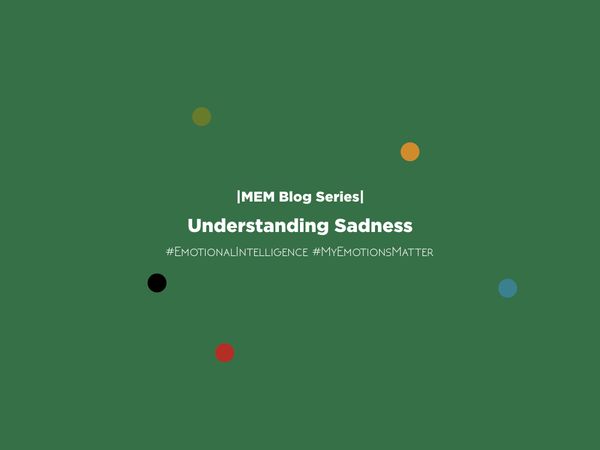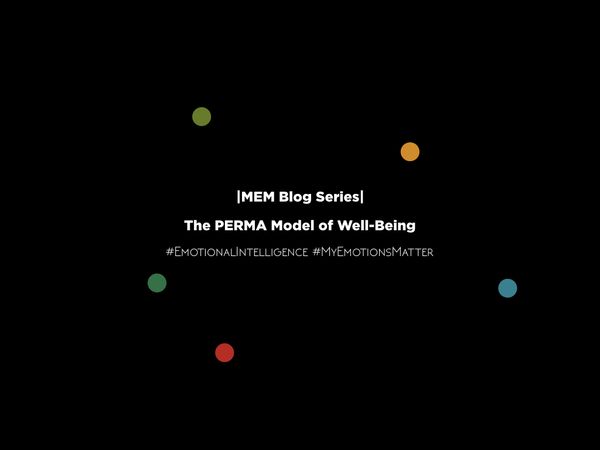The Unaccounted Costs of a Self-focused Mindset
Lets Start with a Story
AZ Consulting Group is an organization that works toward improving management practices in client companies. Abhay and Nirav (names changed) are colleagues at AZ who manage the HR and IT teams. They were once working closely to digitize human capital management for one of their clients to deal with challenges related to talent and performance management, skill development, and flexible work practices. While Abhay and Nirav tried to make life easier for their client, they sometimes got in what the Arbinger Institute calls the ‘THE BOX’ toward each other (The Arbinger Institute, 2010). Abhay believed that Nirav was no great alone if Abhay did not provide him the information about their client. Nirav, at the same time, thought that Abhay could not do anything without his technological guidance.
Abhay and Nirav were acting from a Self-focused Mindset toward their client, but the way they operated toward each other did end up hurting their relationship with the company. Let us try to explore how.
Abhay had worked with Pranay (name changed), who was previously the manager of the IT team before Nirav. They were a part of a similar project, which was successful. Abhay could have shared the resources and insights from that project with Nirav, but he chose not to.
Nirav eventually proposed an information management system to make HR-related information accessible to employees of their client company. Abhay saw some flaws in his proposal, but he did not insist on the necessary changes. The system that Nirav proposed would make the HR-related information accessible across every department without any boundaries whatsoever. Since the client company valued transparency and openness, Nirav thought his idea was outstanding no matter what Abhay thought.
When Abhay and Nirav consulted the HR team and some key-decision makers, they seemed happy with the idea. However, neither Abhay nor Nirav made it a point to clarify to the clients that the employees could access even performance reports and feedback across all departments. When Abhay did not see Nirav bringing it up, he thought to himself: Well, why should I talk about it? It is his idea! The client company assumed that there would be an inter-departmental flow of information on a generic level, with which they were encouraged to move forward.
Within two weeks of the launch of the system, there was a massive backlash. Some employees had joined the client company a few months back and were a part of the biannual performance reviews. There was no harm in sharing the generic insights from their performance reviews with the other employees within and across their respective departments anonymously. Instead, what happened was, the system showed every detail of the one/one interviews and performance feedback with disclosed identities.
This incident created a lot of problems in the client company. Not only did it trigger the new employees, but some of the old employees were on the verge of leaving it because of the prevailing mistrust. When the managers consulted the team at AZ Consulting Group, neither Abhay nor Nirav were ready to take responsibility for what had happened. Each one insisted on the role the other had to play in inviting the disaster for their client. Although the senior management at AZ intervened and was ready to make amends, the client eventually rolled back the project, and the companies never worked with one another again.
Who Was Responsible for What Happened?
This incident left a dent in the relationship that AZ Consulting Group had with their client. We are not sure what happened to Abhay and Nirav in the aftermath. But you might be wondering whose fault it was. Maybe Abhay should have shared insights from previous projects to help Nirav identify the blind spots of their efforts much earlier. Maybe Nirav needed to be extra careful regarding the sensitivity of the system. He should have mindfully considered the loopholes of his idea before implementing it. Maybe the client could have been more inquiring about the approach before bringing everyone from their organization onboard. Whose fault was it? Who was responsible for what happened? Was it Abhay, Nirav, or the client itself?
A Self-focused Mindset Perpetuates a Lack of Accountability
What do you think might have happened in the headquarters of the AZ Consulting Group after the incident? Abhay might have pointed fingers at Nirav and his team for whatever happened; for not considering his feedback. Nirav might have blamed Abhay for not supporting and guiding him well. There could be so many possibilities. But do you know what harmed the relationship that AZ Consulting Group had with its client? In a single phrase, the answer is—a Self-focused Mindset.
Abhay and Nirav were self-focused toward each other from the very beginning of the collaboration. Each saw the other one as an irrelevancy to ignore and an obstacle to overcome. Each saw the other one as an object—dismissing their needs, objectives, and concerns. This Self-focused Mindset that they developed meant bad news for the collaboration and their relationship with the client eventually. Not even once did they think about how their behavior toward each other and the underlying (self-focused) mindset would impact the project.
One of the many things that our self-focused approach does to us is that it makes us unaccountable for our actions. It prevents us from seeing the impact we have on those around us. It prevents us from thinking about shared outcomes and goals. It blinds us from acknowledging the part we have to play in making things better or worse.
Impact-focused Mindset: The Key to Overcoming the Costs of an Impact-focused Mindset
Had Abhay and Nirav shown openness and care toward each other and the collaboration, they might have been able to work as a team better. With an Impact-focused Mindset and accountability toward their actions, they might have been able to see each other as people, people with needs, objectives, and challenges similar to their own. Had they operated with an Impact-focused Mindset, we know it would be a completely different fate for both these companies.
Rather than taking corrective measures and making amends, even in the immediate aftermath of the mishap, Abhay and Nirav took things personally and did not accept their mistake. Eventually, it led them to compromise their integrity and cost them their client. We have no clue whether Abhay and Nirav stayed in AZ. What we know is, in such high-stakes situations, organizations and employees can readily become self-focused. In this case, the client could have easily sued AZ—the rest would be a bitter history.
When an organization audits its financial reports at the end of the year, it can often overlook one aspect—the unresolved conflicts resulting from a Self-focused Mindset. These unresolved conflicts are the most expensive yet unaccounted cost in a company's balance sheet—a perspective we need to be careful of if we are to live and lead with an Impact-focused Mindset
References
The Arbinger Institute. (2010). Leadership and self-deception: Getting out of the box (2nd ed.). Berrett-Koehler Publishers.




